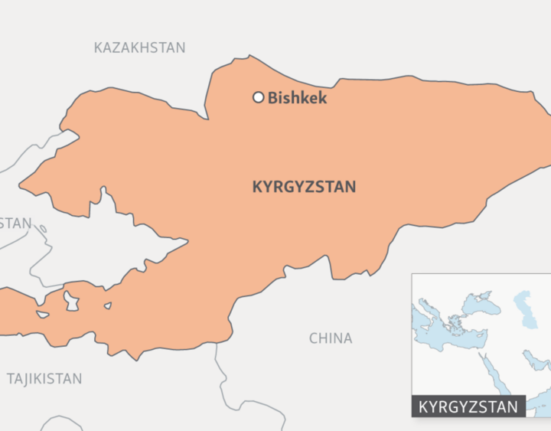Kazakhstan’s growth is projected to moderate in 2024 amid a slowdown in industry due to stagnant oil production before recovering in 2025 with gains in mining and investment, according to a new Asian Development Bank (ADB) report.
The Asian Development Outlook (ADO) April 2024, ADB’s flagship economic publication published on April 11, projects Kazakhstan’s gross domestic product (GDP) growth at 3.8% in 2024. That figure is forecast to bounce back to 5.3% next year as the expansion of the Tengiz oil field boosts oil production. Downside risks to the outlook include negative spillovers from the Russian invasion of Ukraine, slower-than-expected growth in the economies of trading partners, and potential disruptions to oil export routes.
“The prospects for Kazakhstan’s economic development look positive in the medium term,” said ADB Country Operations Head in Kazakhstan Iskandar Gulamov. “However, the economy’s dependence on commodities makes such growth volatile—so structural reforms are key to bolstering the country’s economic resilience and sustainability.”
Inflation is projected to slow gradually to 8.7% in 2024 and 6.3% in 2025. This will depend on the implementation of strict monetary policy and continued exchange rate stability. Prices for services are expected to become the major source of inflation, with a projected rise of 9.8% in 2024 and 8.1% in 2025, due to the government’s announcement of increases in utility prices.
The ADO forecasts growth in services to slow to 4.7% in 2024 before ticking upwards again to 4.9% in 2025, benefiting from trade—including trade facilitation between Europe and Asia—transport, and hospitality. Industrial growth is forecast to decelerate to 3.5% in 2024 and rebound to 5.7% in 2025 as oil production rises.
The report highlights the need to address the credit market distortions resulting from state subsidized lending in Kazakhstan, which has proliferated since the 2008–2009 global financial crisis. The lending creates excess liquidity and undermines monetary policy.
The report suggests practical measures to help the government address the subsidized lending issues. These include disclosing the extent of financial support provided by subsidized lending and its opportunity cost, shifting to alternative financing mechanisms, adopting a strategy to phase out the government’s subsidized lending programs, and introducing binding sunset clauses for these programs.




